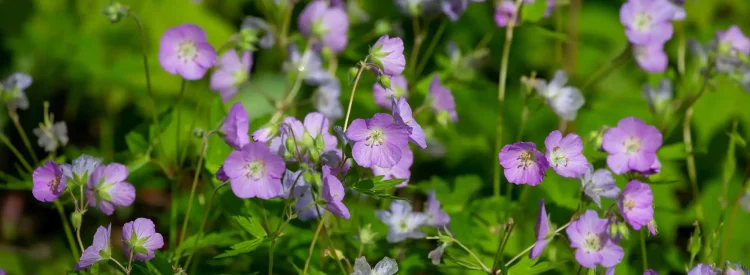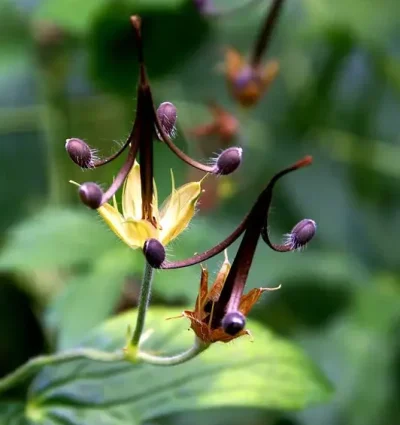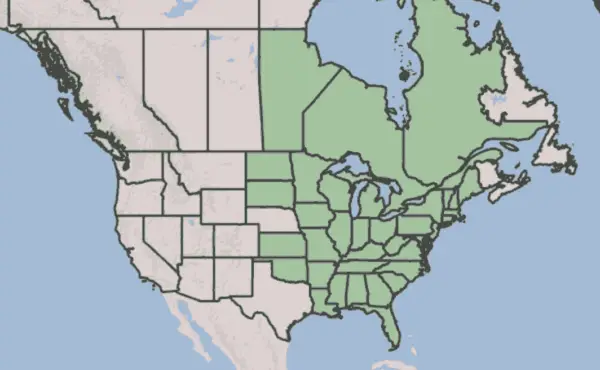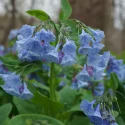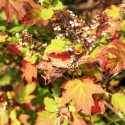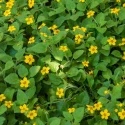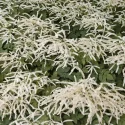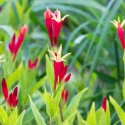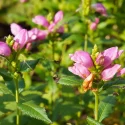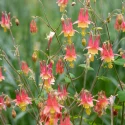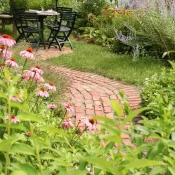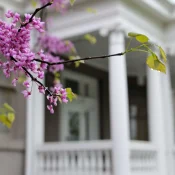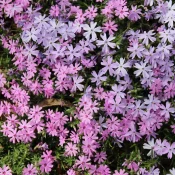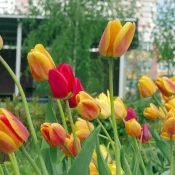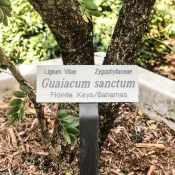One of the best things about Wild Geranium is how forgiving it is. It thrives in a variety of conditions, from partial shade to full sun, and isn’t picky about soil type. Whether your garden gets a bit more shade or is in the sunniest part of your yard, Wild Geranium will likely settle in happily. Like the non-native geraniums often seen in our kitchens and patios, Wild Geraniums offer bright blooms alongside verdant greenery. Expect their bright flowers every spring. Scroll on for planting tips.
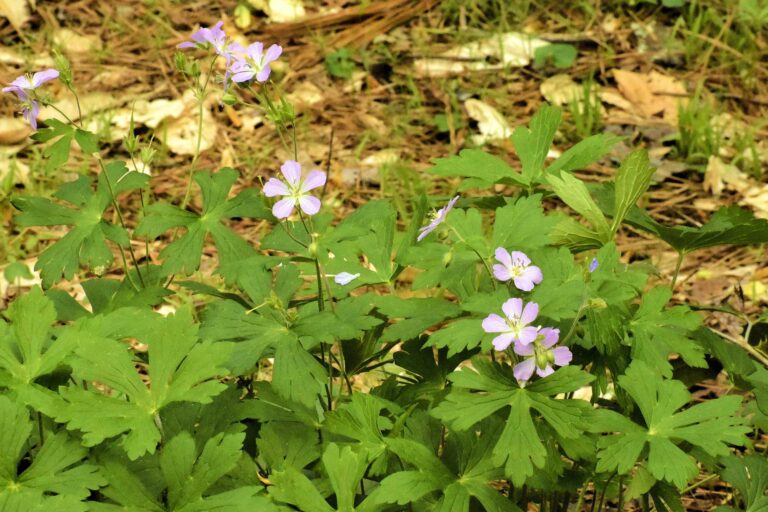
Wild Geranium is a native perennial that has grown in North American woodlands and meadows for centuries. This hardy plant is perfect for beginners because it’s adapted to local conditions, making it resilient and easy to grow. In this article, we’ll share some ideas for landscaping and tips for planting. Let’s dig in!
What are the benefits of planting Wild Geranium?
Wild Geranium is a native perennial plant that’s a perfect match for those just starting out. Native to many parts of eastern North America, this plant has been thriving in local ecosystems for thousands of years. This means it’s well-suited to a wide range of climates, making it a low-maintenance option that’s easy to grow.
Here are some benefits to adding this native gem to your garden:
Easy beauty
The good news is that Wild Geranium requires very little fuss. Once established, it’s fairly drought-resistant and can manage with just the rainfall in your area. It’s an ideal choice if you’re looking for something that doesn’t need constant watering or special care.
Spring/summer flowers
Wild Geranium has lovely, lavender-to-rose-colored flowers in spring to early summer. Afterward, its attractively shaped leaves make a nice groundcover. It is a perennial, meaning it will come back every year.
Great groundcover spread
If it’s happy, Wild Geranium will spread by seeds and also by sending out underground root-like growths called rhizomes. If you want to transplant it elsewhere to spread faster, you can dig up the rhizomes and move them (or if you don’t want it spreading, you can share them with other gardeners).
Wild Geranium can grow in a huge range of the U.S. It is hardy in zones 3-9.
Its easy-going nature is why it’s a go-to recommendation from many gardening professionals (it’s on Nursery Manager Liz Harden’s list of Mid-Atlantic native plant recs.)
Summer flings
Wild Geraniums have a wild way to spread their seeds. Each seed is tightly packed inside a pod attached to a structure that is basically a miniature catapult. When they’re ripe, the seeds are literally flung away from the parent plant to sprout somewhere else. Isn’t nature bonkers?
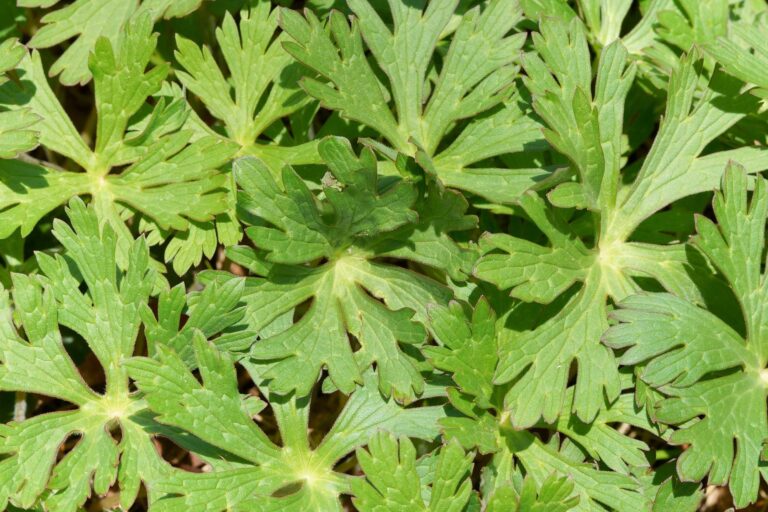
What are landscaping ideas for Wild Geranium?
Choosing the right spot for your Wild Geranium is key to helping it thrive. Unlike the non-native geraniums that you may have planted in flowerboxes, which love it hot and dry, Wild Geranium is a woodland plant—it prefers partial shade. It can tolerate full sun if the soil is kept moist, however.
Wild Geranium is an excellent choice for planting under trees, along the edges of woodlands, or in a shaded garden bed. Wild geranium will feel right at home if you have a spot in your garden that gets dappled sunlight or morning sun with afternoon shade.
Wild Geranium can also fill in gaps in a naturalistic or cottage-style garden. Its mounding habit makes it a great groundcover, and it pairs well with other woodland plants.
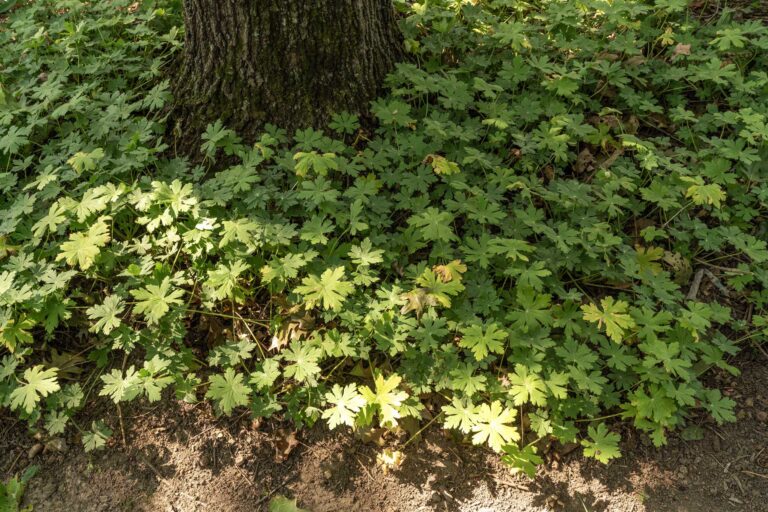
Where is Wild Geranium native?
Wild Geranium is native to half of North America, from Nova Scotia south to Florida, and west to Oklahoma (Map from USDA).
Planting tips for Wild Geranium
While Wild Geranium is generally low-maintenance, there are a few challenges to be aware of. In full sun, it may require more frequent watering to keep the soil from drying out, especially in hot, dry climates. If the soil is too dry, the plant may wilt or its foliage may turn brown around the edges.
On the flip side, Wild Geranium also doesn’t like to sit in totally waterlogged soil, so avoid planting it in areas where water tends to pool. If your garden soil is heavy clay, consider adding some compost or organic matter to improve drainage before planting.
Lastly, Wild Geranium can spread, which might be a bonus if you’re looking to fill a larger area, but it’s something to keep in mind if you want to control its spread.
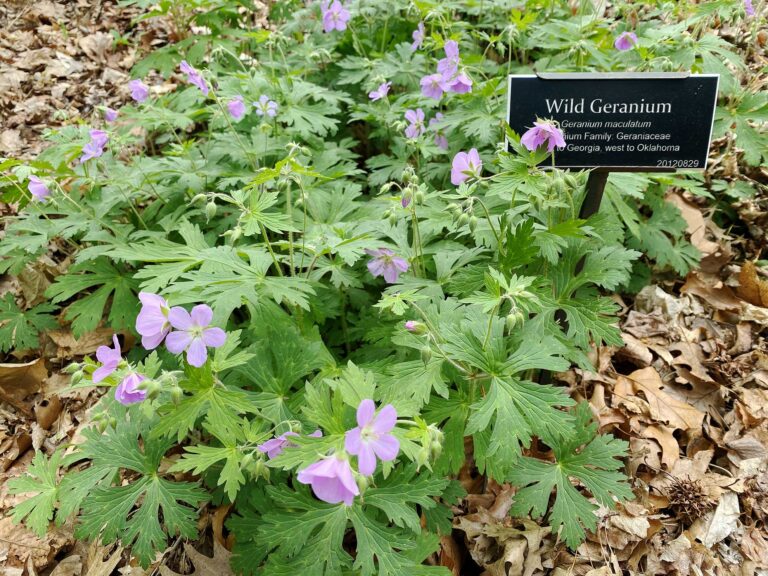
How does Wild Geranium benefit native wildlife?
Like many species that are very widespread, Wild Geranium has a ton of wildlife that relies on it, especially pollinators.
The nectar and pollen of the flowers attract multiple different types of bees, including a native bee that is thought to rely only on Wild Geranium—it’s called a Cranesbill Miner, since “cranesbill” is Wild Geranium’s alternate name. It is also a host plant for several native moths, and other butterflies and skippers feed on the nectar. Meanwhile, beetles, caterpillars, and other insects are nourished by the leaves, and birds eat the seeds.
If you plant Wild Geranium, you know you are making a haven for native pollinators, many of which are increasingly endangered.
Where can I find Wild Geranium?
While it can sometimes be hard to find native plants in garden centers, Wild Geranium is one of the more popular and easy-to-find native plants. (Wild Geranium can be finicky and slow to start from seed, so we recommend buying it as a plant.)
But if you have trouble finding it plants, here are some good resources for finding it:
Where can I find seeds and plants?
Finding native plants can be challenging (we partly blame Marie Antoinette.) To make it easier, we’ve assembled four sourcing ideas.
300+ native nurseries makes finding one a breeze
Explore 100+ native-friendly eCommerce sites
Every state and province has a native plant society; find yours
Online Communities
Local Facebook groups are a great plant source
What are good pairings for Wild Geranium?
Plant Wild Geranium with other woodland-loving native plants that thrive in similar sun and soil. Some stellar pairing include:
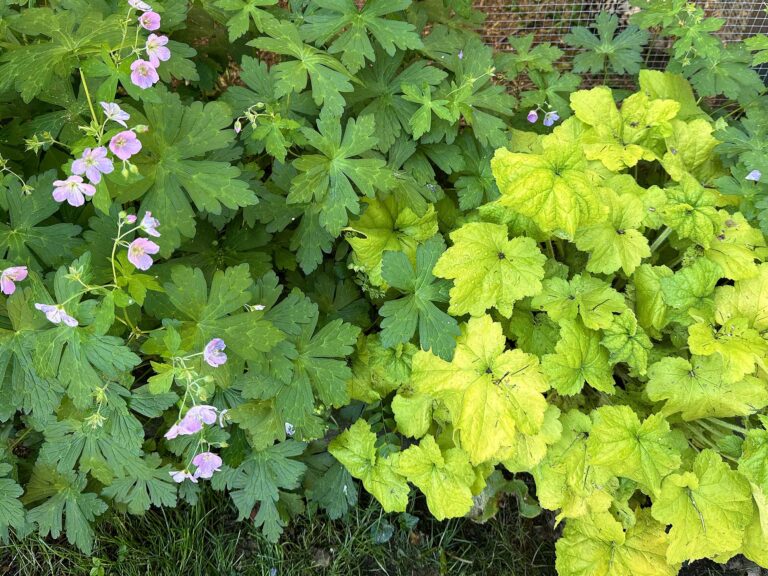
Wild Geranium is an excellent choice for beginner gardeners getting started with native plants. It’s easy to grow, bright in springtime gardens, and pairs beautifully with other woodland natives. Whether you’re filling in a border or adding interest to a native garden, Wild Geranium offers beauty and resilience with minimal fuss. With just a bit of attention to its preferred conditions, you’ll find that this native gem is a delightful and rewarding addition to your garden. Happy planting!
Sources
- Nelson, Gil. Best Native Plants for Southern Gardens: A Handbook for Gardeners, Homeowners, and Professionals, (2010).
- Harstad, Carolyn. Go Native! Gardening with Native Plants and Wildflowers in the Lower Midwest. (1999).
- Illinois Wildflowers, Wild Geranium (Geranium maculatum)
- Taylor, David D. “Plant of the Week: Wild Geranium.” U.S. Department of Agriculture, U.S. Forest Service.
- Native Plant Trust, Wild geranium, Geranium maculatum
Explore native plants by region
Other shade-loving natives
What if your feed was actually good for your mental health?
Give your algorithm a breath of fresh air and follow us.
